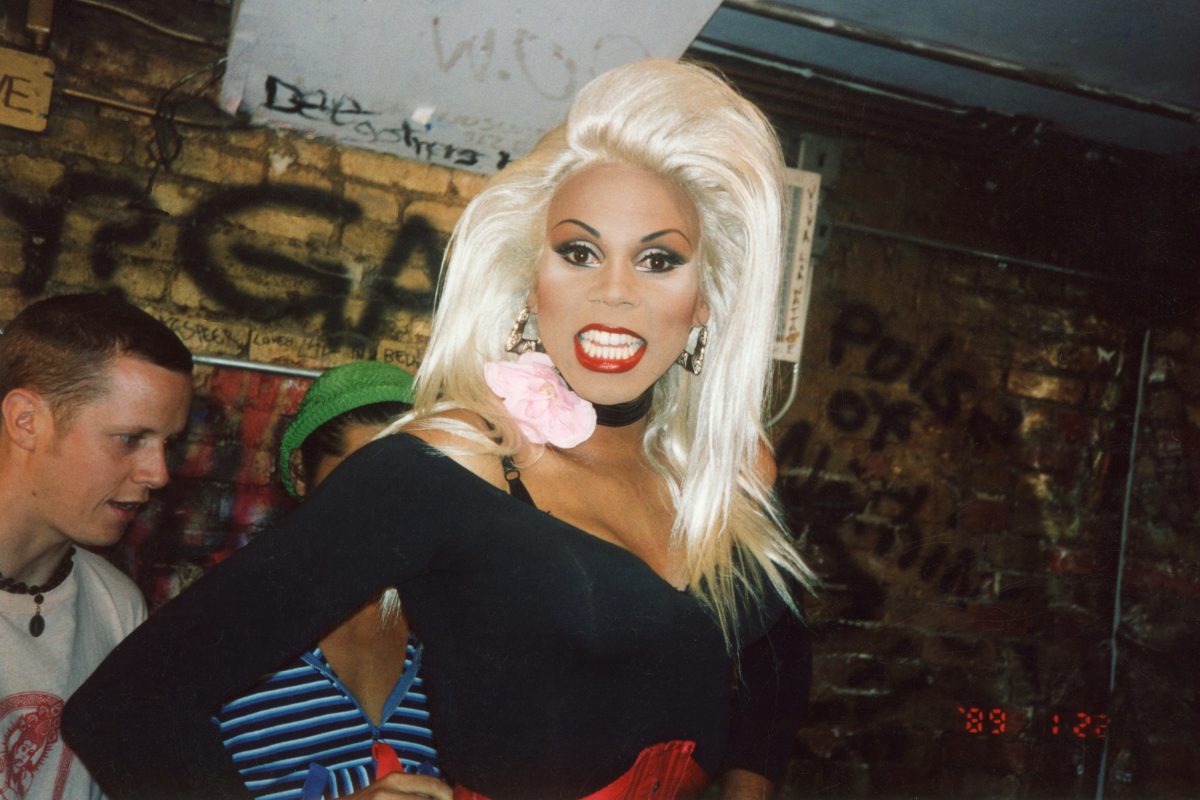Of all the personalities to emerge from the New York drag scene of the 1980s and 90s – including, of course, RuPaul Charles -few have been, or still remain, as big as Lady Bunny. While the pandemic has devastated the club culture she helped shape, the drag comedian had a banner year. Wigstock, the annual drag festival she founded in 1985, became the subject of a new documentary film, Wig; and her longtime friend Linda Simpson published The Drag Explosion, a photographic history with an introduction by Lady Bunny. The book highlights her formative role in the scene that grew up in East Village clubs like the Pyramid and Danceteria.
Simpson’s photography “captures this pivotal scene’s crossover with ballroom and voguing culture, pop art, and ‘90s ‘club kids,’” writes Lawrence Ferber. “A lot of the Pyramid queens are legendary,” says Bunny in conversation with Simpson about the book. “D-Lite, RuPaul, Anohni, formerly known as Antony and the Johnsons, all came out of that scene. Very creative, very underground. Less celebrity impersonation and more becoming your own character.” It was “a hedonistic, wild atmosphere,” remembers Simpson, “because I think the police were too busy dealing with crime, that they didn’t have time or clubs weren’t much of a concern.”
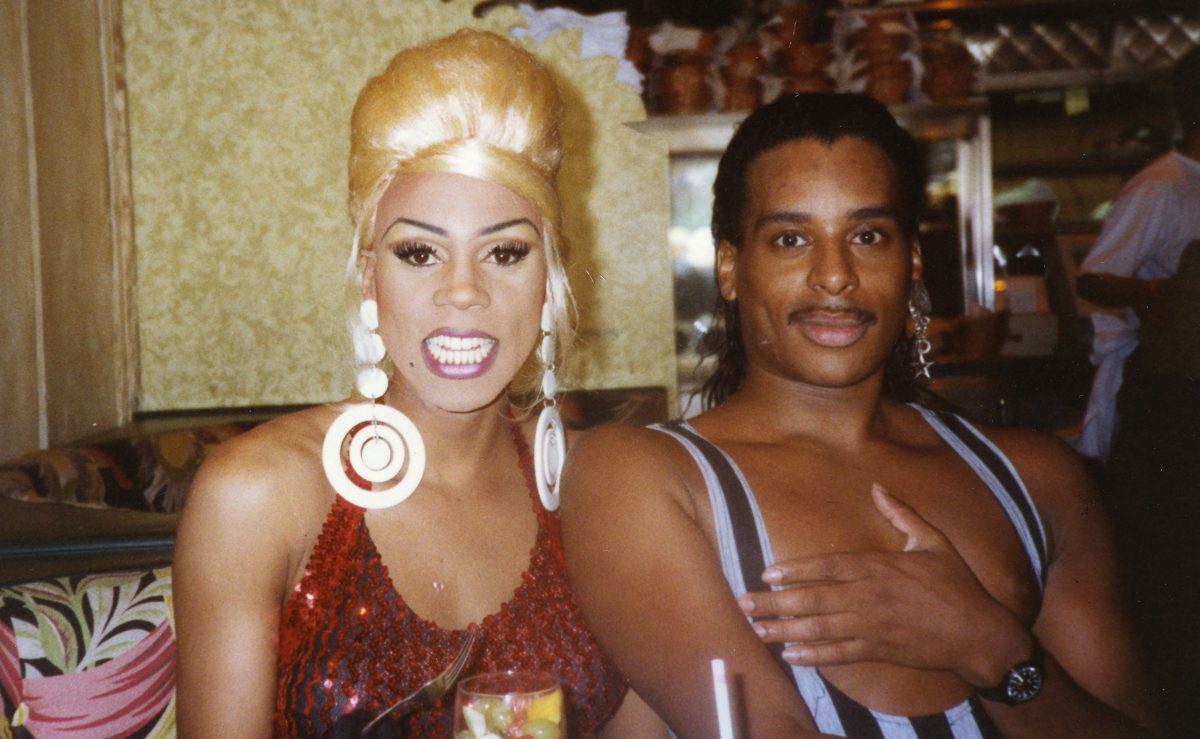
RuPaul and friend by Linda Simpson
In those halcyon, pre-Giuliani years, “drag was not popular,” says Simpson. “People scorned at it, straight society looked at it as perverted.” Drag performers still meet their share of bigotry, but the popular celebration of the culture ignited by RuPaul could not have existed earlier except as fodder for prurient, exploitative daytime talk shows. This began to change in the mid-90s, when “for a pop cultural moment,” Michael Musto writes at The New York Times, “drag flourished. RuPaul had a hit record, and the drag road movie The Adventures of Priscilla, Queen of the Desert was a box office hit.” Since then, drag has slowly become part of pop culture, from Drag Race to Pose.
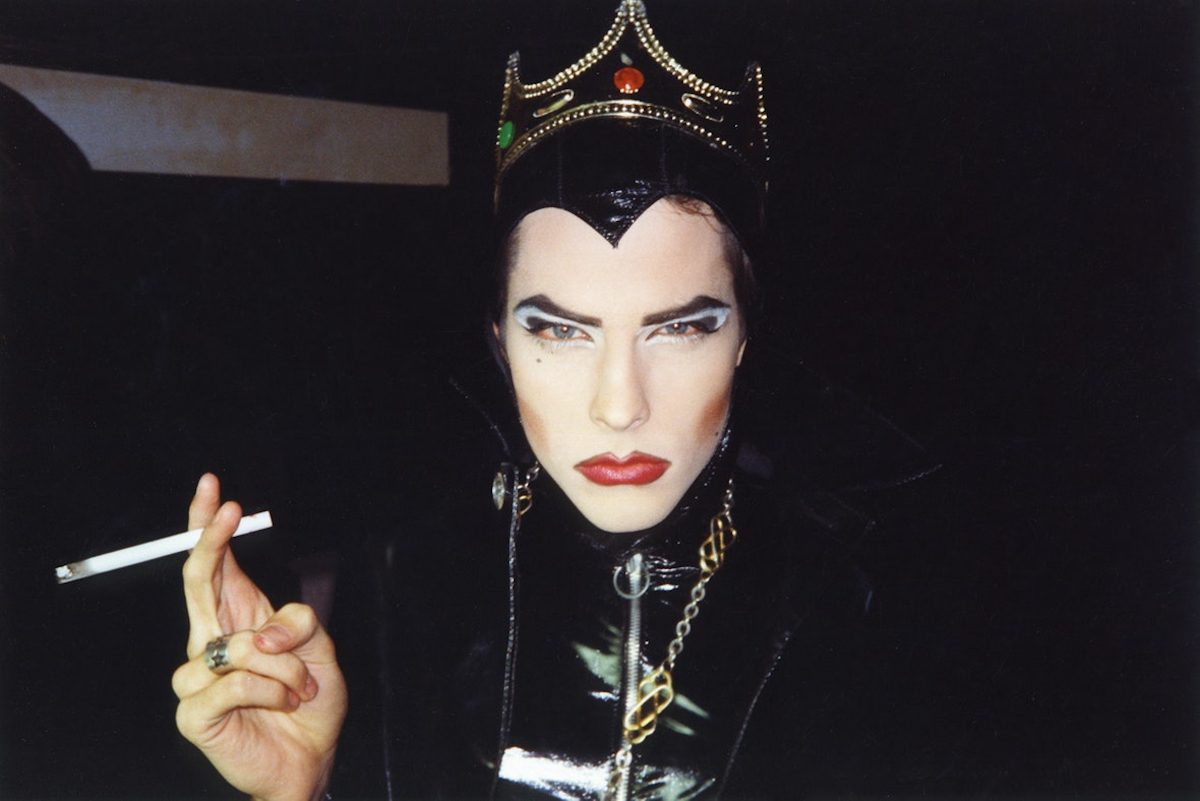
Photo by Linda Simpson
The early lack of mainstream exposure was probably for the best, as the scene could thrive without interference, not only from the cops but from bland, commercial music and negativity. “The music was house,” Linda remembers, “and the drug was ecstasy—a feel good drug—so the atmosphere was upbeat.” The clubs were places to experiment, says Bunny:
It wasn’t really until the 2000s that every gay club almost played top 40. We felt that we were part of something special that just belonged to that moment and we loved everything about it from the drag celebrities that emerged. We’d come, you from Minnesota, me from Atlanta, and found this magical place.
Between 1987 and 1996, Simpson, a writer, drag performer, and editor, “took some 5,000 photographs of drag performers, posing in clubs, on the street and on gay-pride parade floats,” writes Musto, “unwittingly creating a time capsule of an era when drag queens were the de rigeur jesters and goddesses of the underground.” Like RuPaul, but less famously so, Lady Bunny, Linda Simpson, and so many of the performers featured in Wig and The Drag Explosion survived the nightlife crackdowns and mass gentrification of the late 1990s into the present.
What was once a risky endeavor—becoming a shimmering, fabulous character and stepping out into gritty downtown New York Streets at night—has become a path to stable employment for many performers. “The fact is drag is mostly about entertainment,” says Simpson, “and the mainstreaming of drag has meant that there are a lot more opportunities for people to make money, to make livings.” Such opportunities come at a cost. Back “when drag was not very careerist… it was more about personal expression and just having fun,” in many ways that can’t be televised. Or as Lady Bunny says of her work with RuPaul’s now-hit cult show, “I love to be included in it,” but “drag was subversive and now it’s not.”
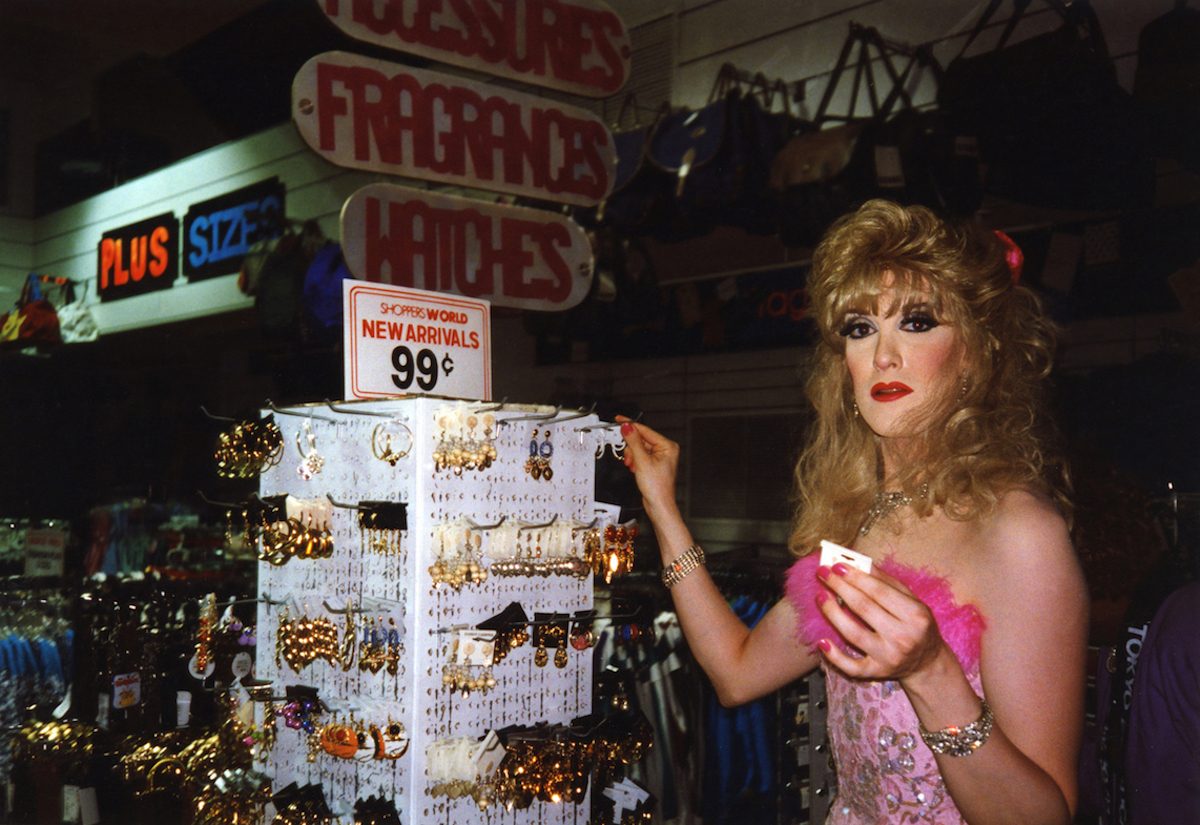
Photo by Linda Simpson
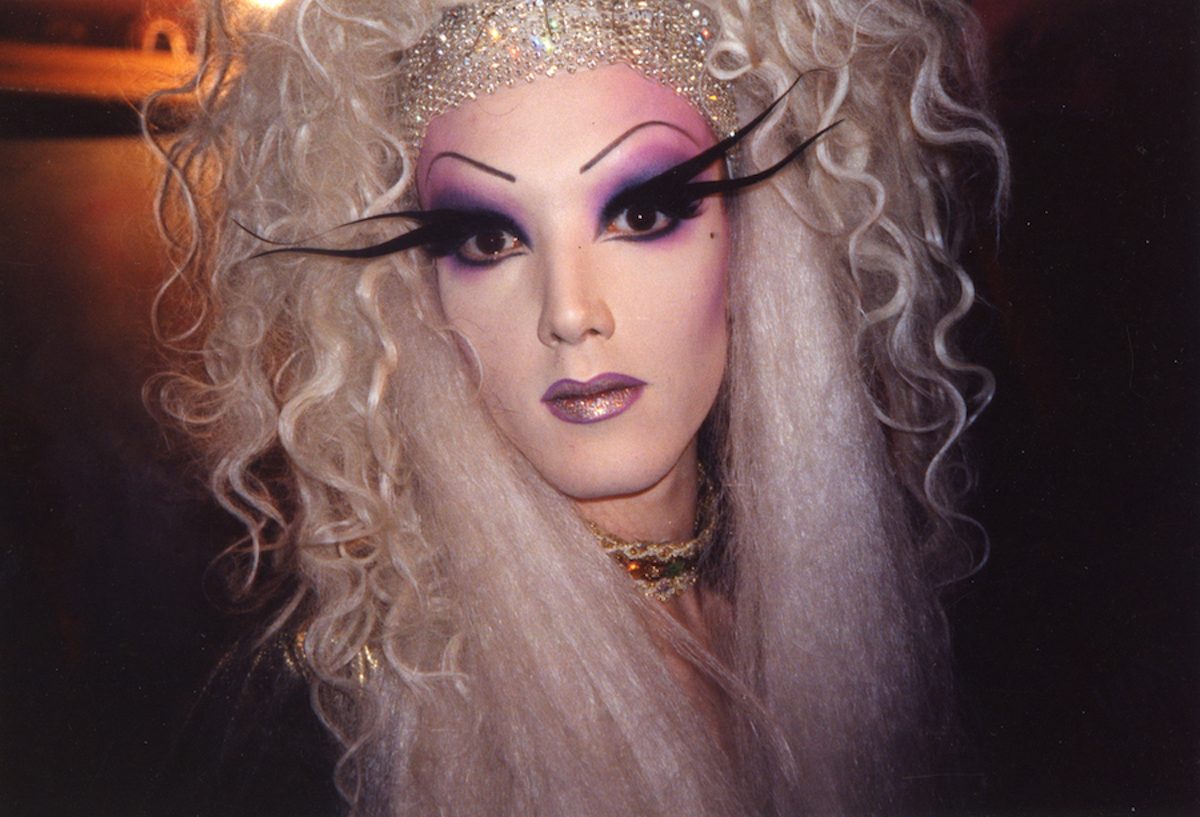
Photo by Linda Simpson
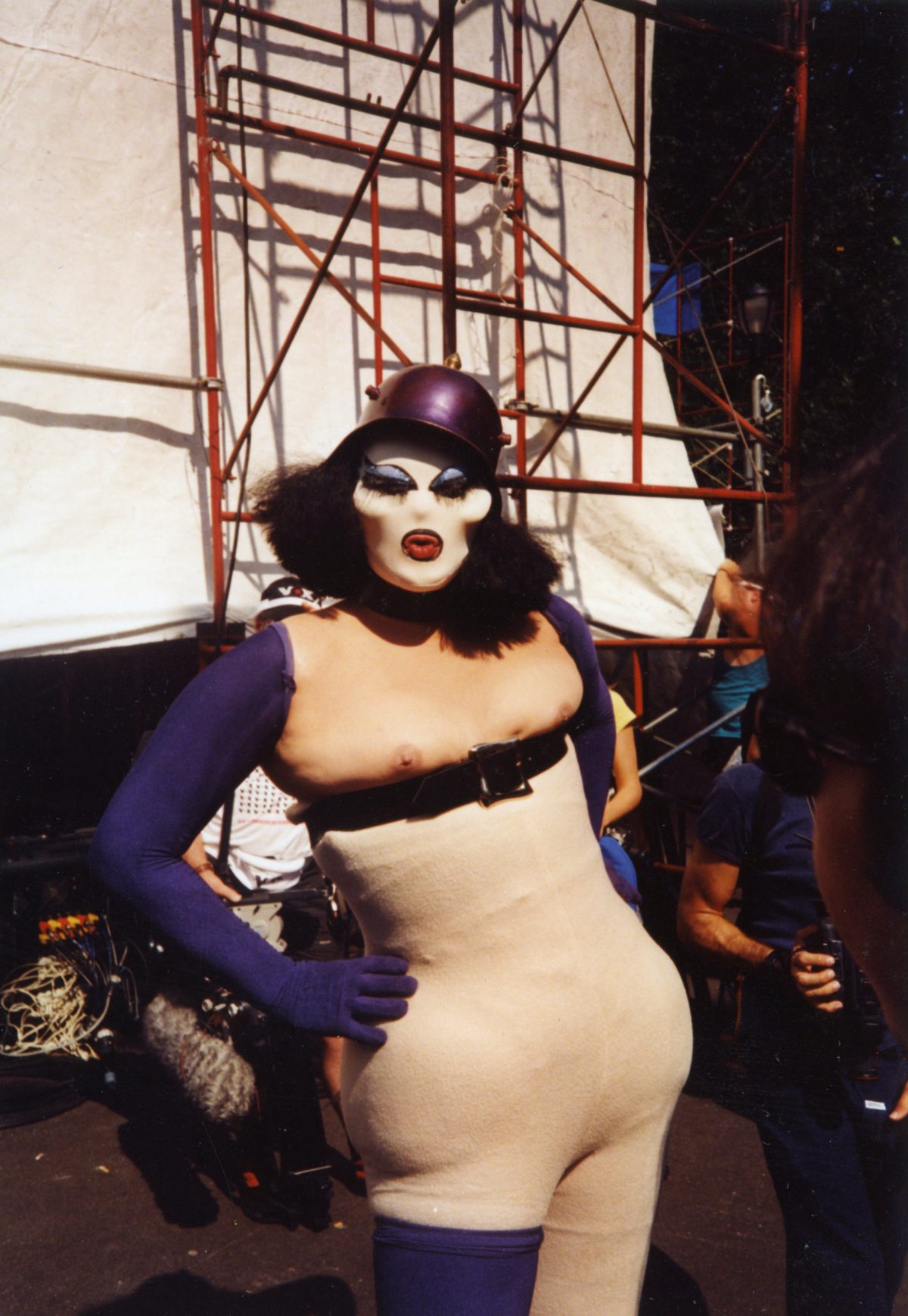
Photo by Linda Simpson

Photo by Linda Simpson
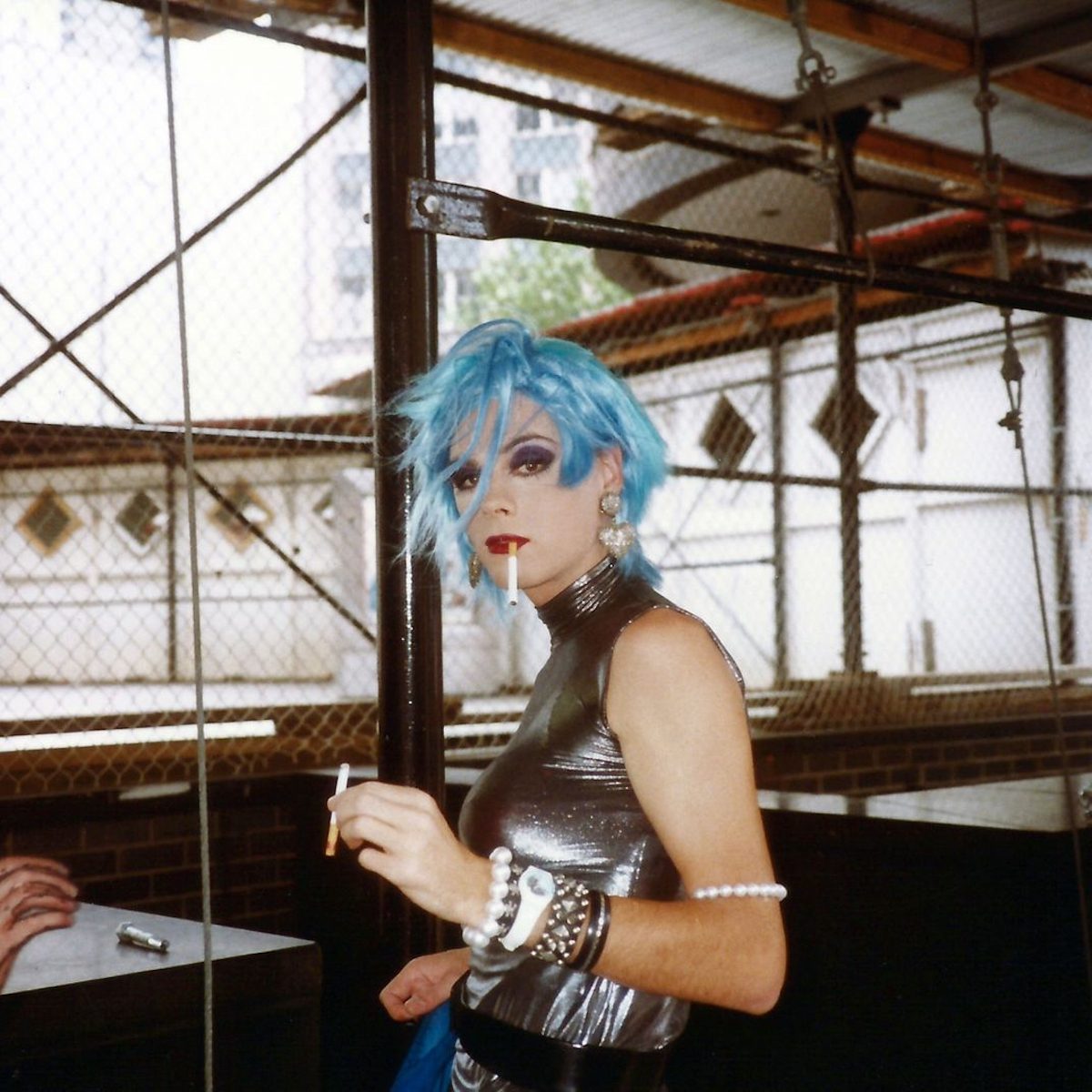
Photo by Linda Simpson
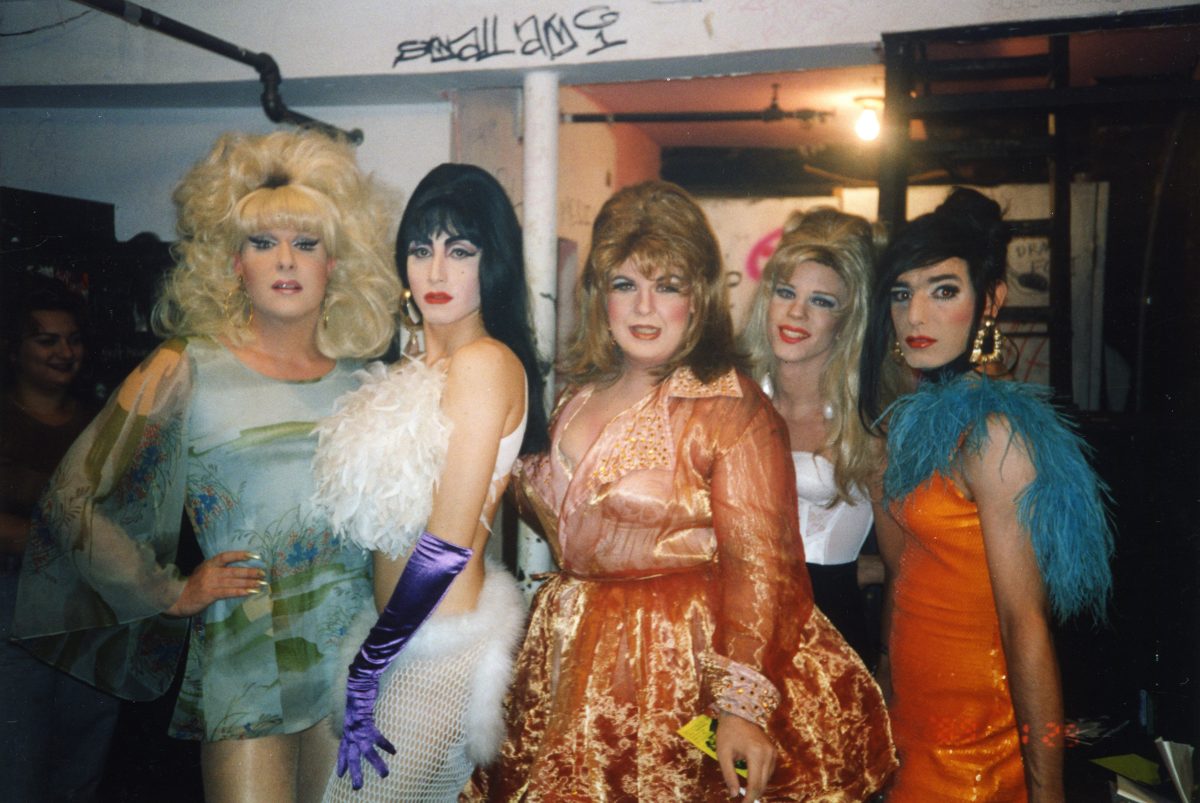
Photo by Linda Simpson
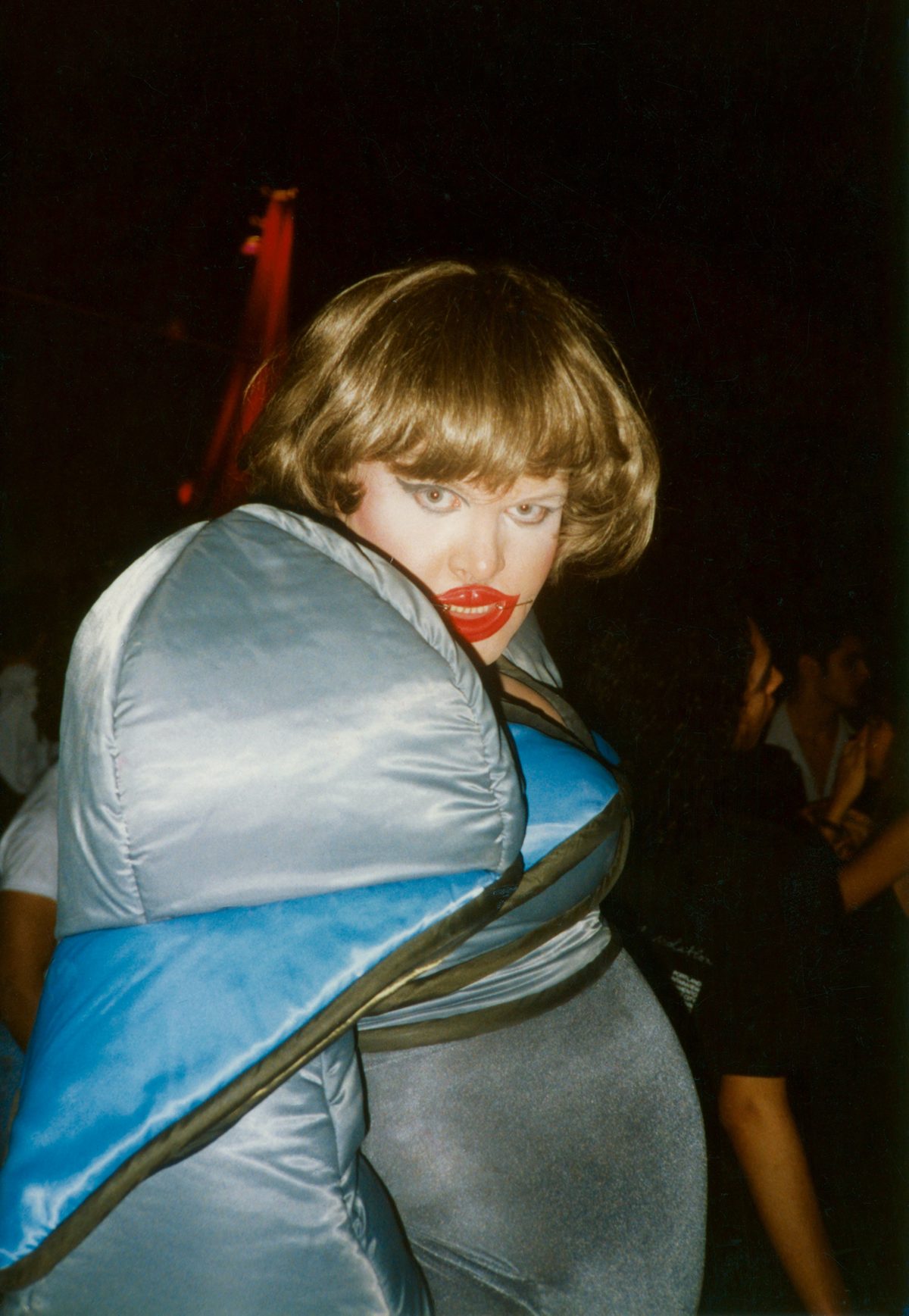
Leigh Bowery at the Parallel club, NYV
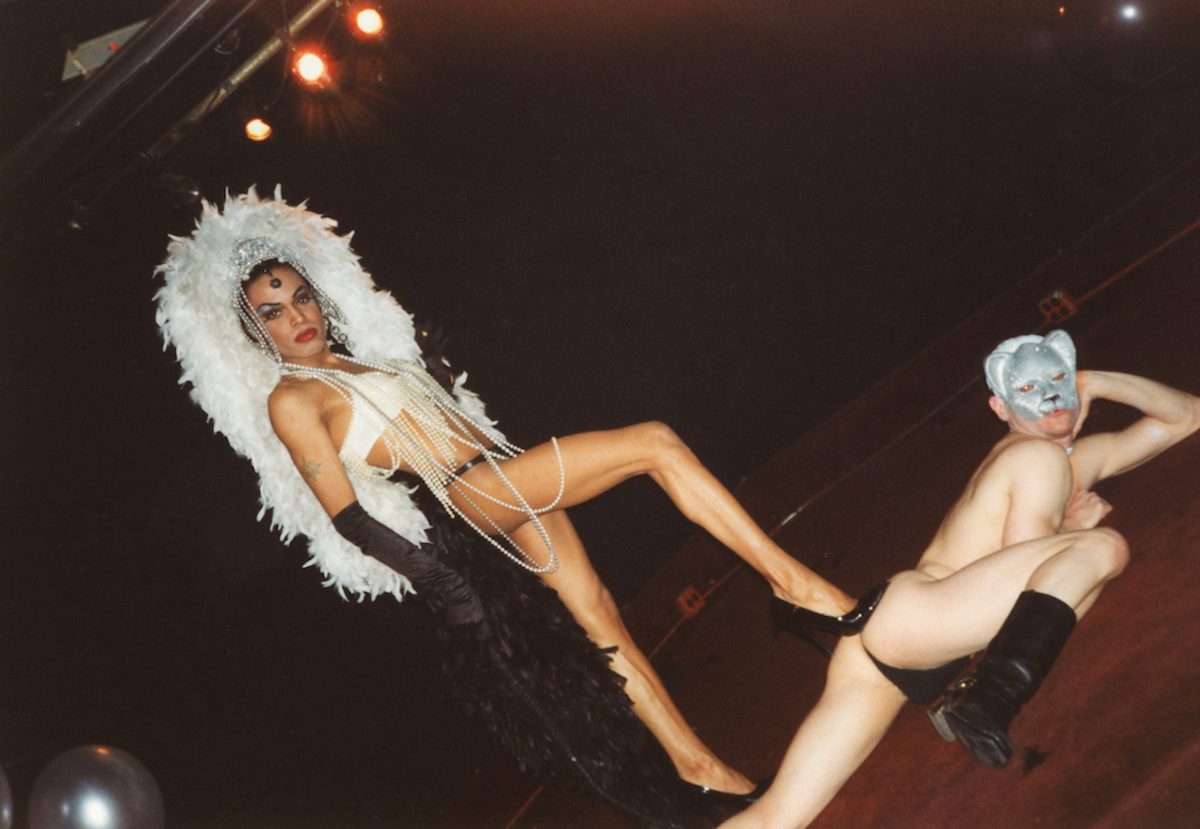
Photo by Linda Simpson
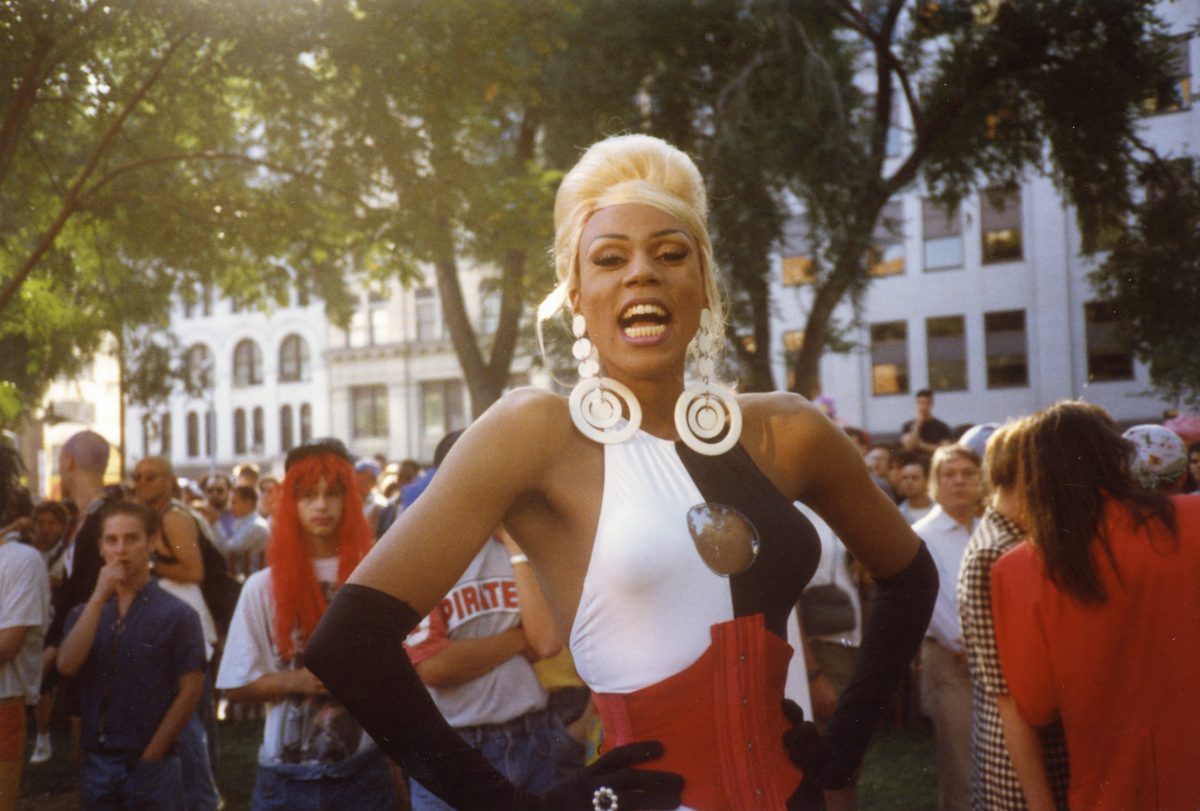
Would you like to support Flashbak?
Please consider making a donation to our site. We don't want to rely on ads to bring you the best of visual culture. You can also support us by signing up to our Mailing List. And you can also follow us on Facebook, Instagram and Twitter. For great art and culture delivered to your door, visit our shop.




